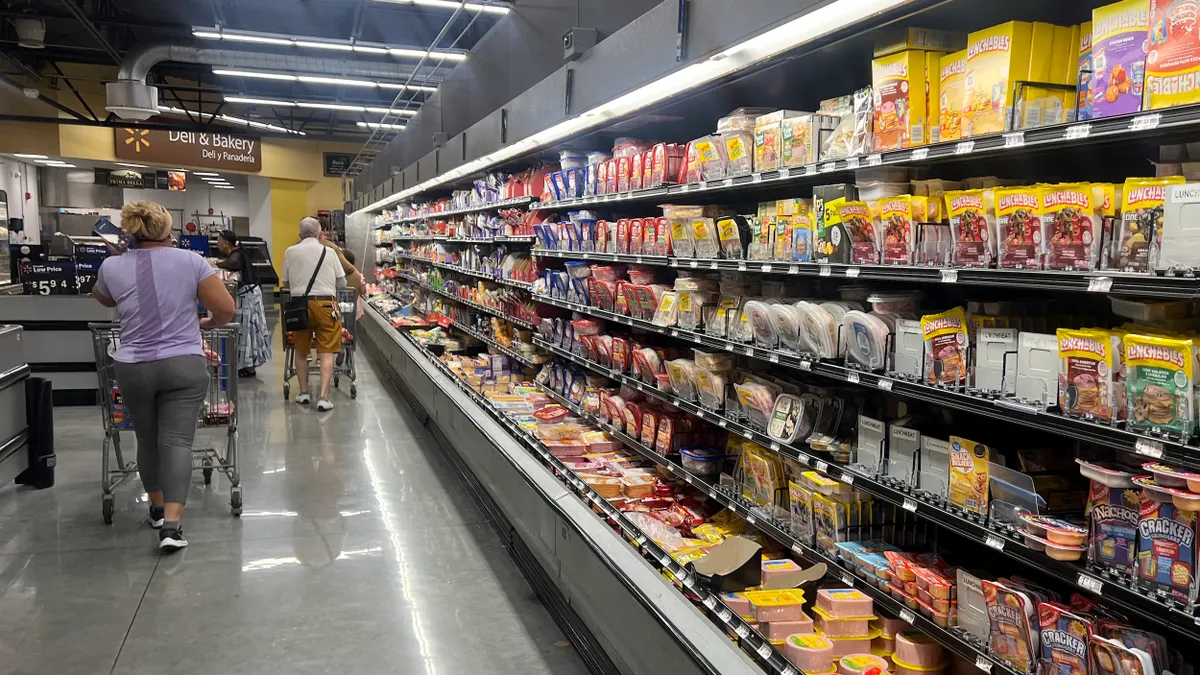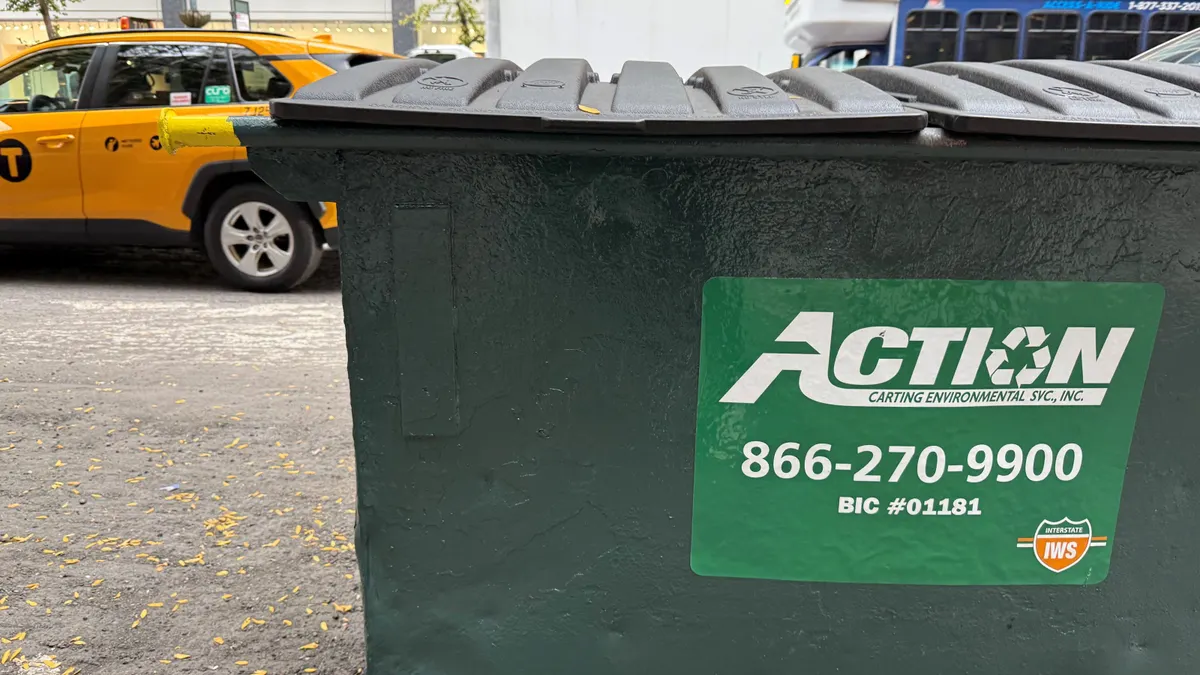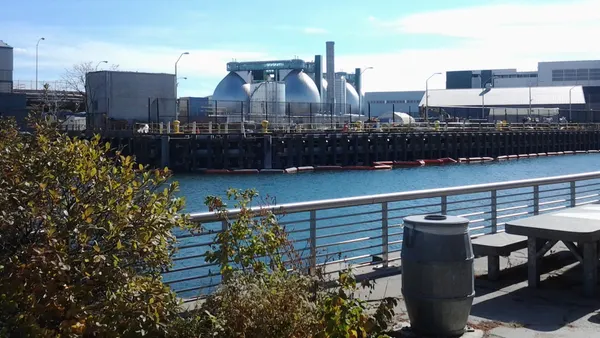UPDATE: California Gov. Jerry Brown signed AB 954 into law on Oct. 14. This bill is designed to encourage a voluntary shift to standardized date labeling language among manufacturers, with state educational support. Clarifying the difference between a "quality date" and a "safety date" is anticipated to reduce some of the 5.5 million tons of food going to California landfills each year.
Dive Brief:
- California Gov. Jerry Brown signed AB 1219, the California Good Samaritan Food Donation Act, into law on Oct. 9. The act expands existing state liability protections to cover donations made directly to end users, whereas the previous law only covered donations made to food banks or non-profit groups. AB 1219 was co-sponsored by Californians Against Waste and the California Association of Food Banks.
- Another key change made by AB 1219 is that donations of perishable or nonperishable food will now be protected if deemed "fit for human consumption," regardless of whether those items have exceeded their recommended date labels.
- Californians Against Waste also sponsored AB 954, which is still awaiting Brown's signature. That bill would direct the California Department of Food & Agriculture, in coordination with the Department of Public Health, to publish information about date label standards by July 2018. Manufacturers, processors and retailers would be asked to voluntarily begin using "BEST if Used by” or “BEST if Used or Frozen by” to indicate quality dates, and “USE by” or “USE by or Freeze by” to indicate safety dates.
Dive Insight:
Brown is credited with signing the nation's first food donation liability law in 1977 during his initial term as governor, though in the decades since, it has become clear that more food could be recovered with tighter definitions in place. A similar conversation is also playing out at the national level, where the Bill Emerson Good Samaritan Donation Act has been in place since 1996. While seen as useful, the vague nature of that bill has also led to much confusion and caution, causing plenty of edible food to go to waste. New federal legislation has since been introduced to help update that and advocates hope to see it become part of the 2018 Farm Bill.
Until that happens, food recovery organizations are left to contend with a patchwork of state laws and regulations. The variety of date label laws is considered particularly egregious by many in the food recovery sector. This has led to recent guidance from the U.S. Department of Agriculture and voluntary pledges from manufacturers to start standardizing their terminology. All of this is seen as especially helpful in the overall mission to increase consumer awareness about food waste. Unlike AB 1219, AB 954 isn't listed as a current priority on CalRecycle's website. Californians Against Waste told Waste Dive that Gov. Brown is expected to sign the bill this week.
This could be seen as beneficial to meeting California's goal of achieving a 20% food recovery rate by 2025, and the broader goal of a 75% recycling rate by 2020. CalRecycle's latest annual report showed a 44% recycling rate for 2016 and cited organics as a key priority moving forward. BioCycle's latest composting survey showed that California is among the leading states when it comes to supporting new processing facilities, and cities such as San Francisco are often held up as top examples of curbside organics recovery. Though, food recovery is still seen as less expensive, and more preferable on the waste hierarchy, whenever possible.










